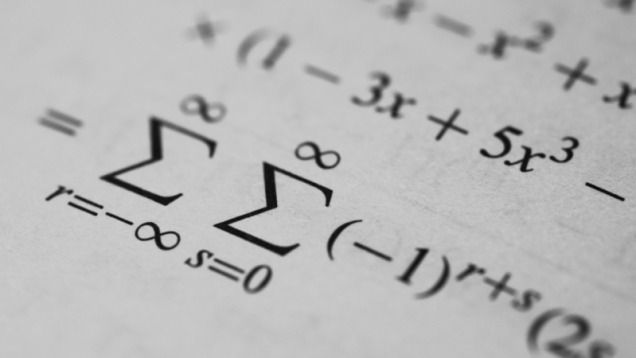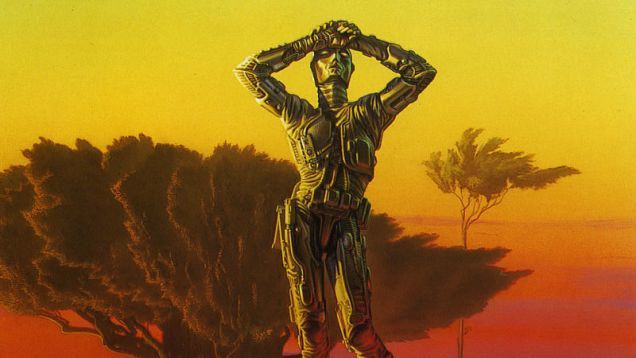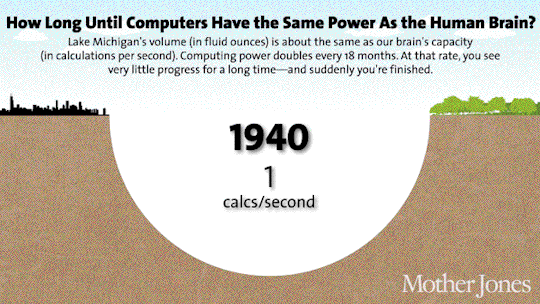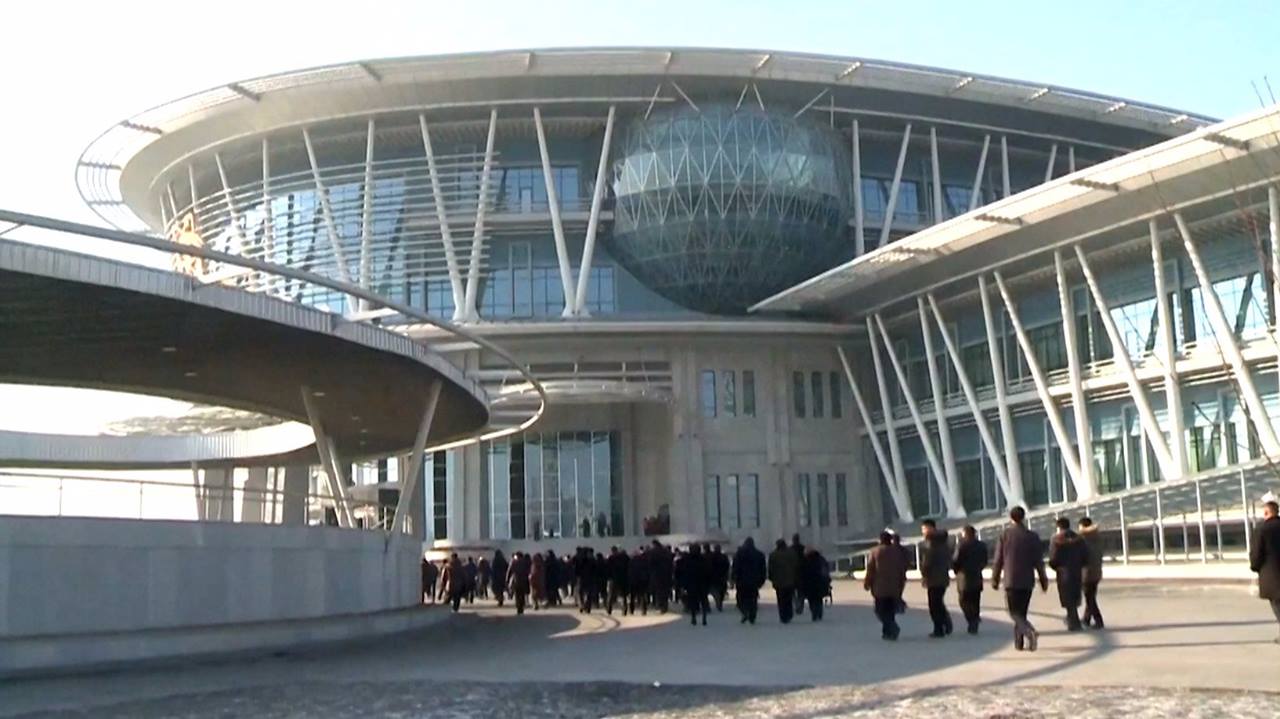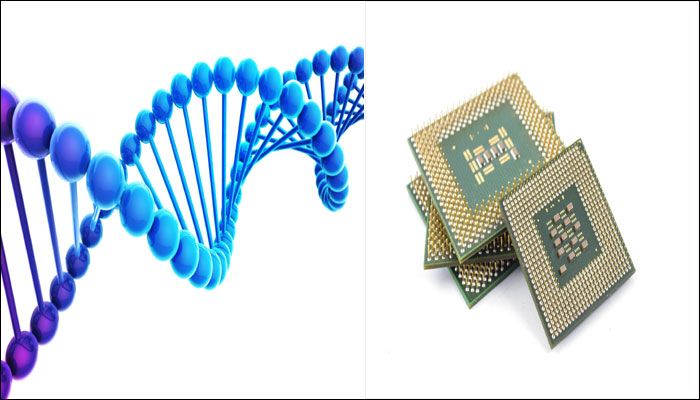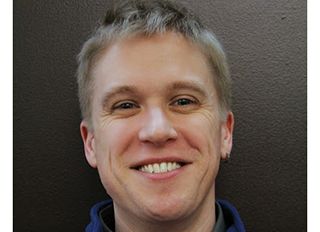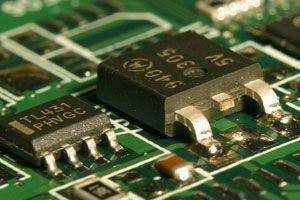Mathematicians have discovered a surprising pattern in the expression of prime numbers, revealing a previously unknown “bias” to researchers.
Primes, as you’ll hopefully remember from fourth-grade math class, are numbers that can only be divided by one or themselves (e.g. 2, 3, 5, 7, 11, 13, 17, etc.). Their appearance in the roll call of all integers cannot be predicted, and no magical formula exists to know when a prime number will choose to suddenly make an appearance. It’s an open question as to whether or not a pattern even exists, or whether or not mathematicians will ever crack the code of primes, but most mathematicians agree that there’s a certain randomness to the distribution of prime numbers that appear back-to-back.
Or at least that’s what they thought. Recently, a pair of mathematicians decided to test this “randomness” assumption, and to their shock, they discovered that it doesn’t actually exist. As reported in New Scientist, researchers Kannan Soundararajan and Robert Lemke Oliver of Stanford University in California have detected unexpected biases in the distribution of consecutive primes.
